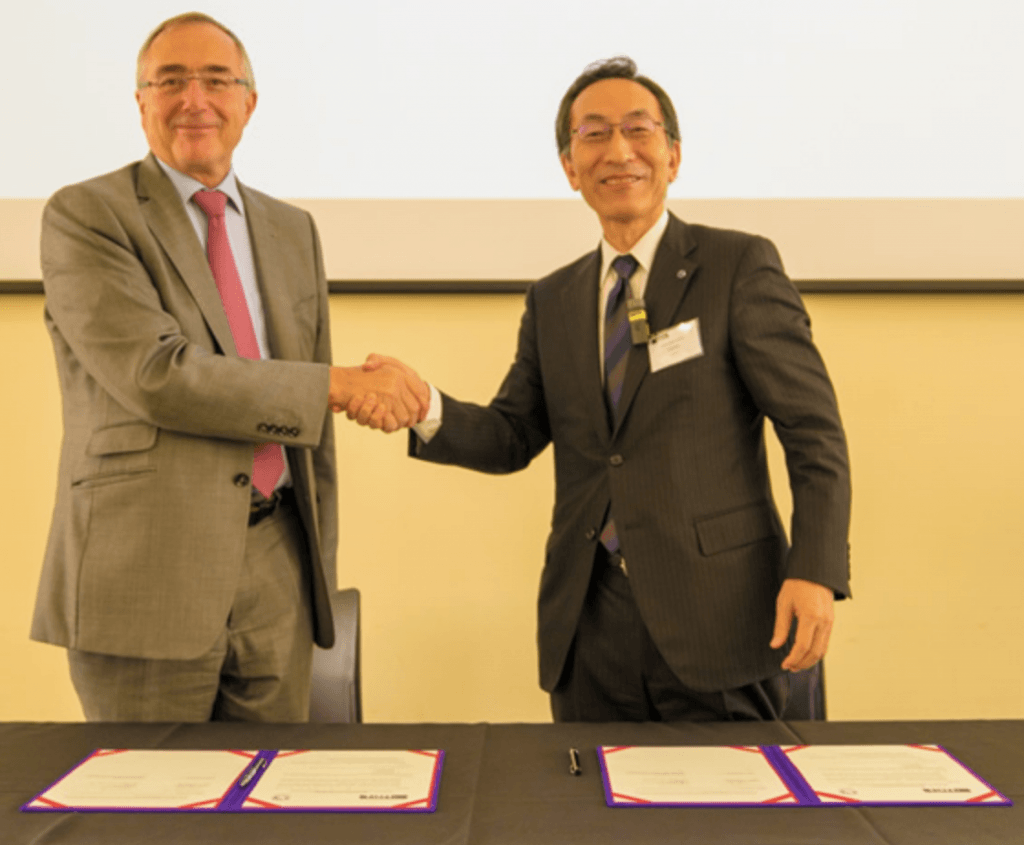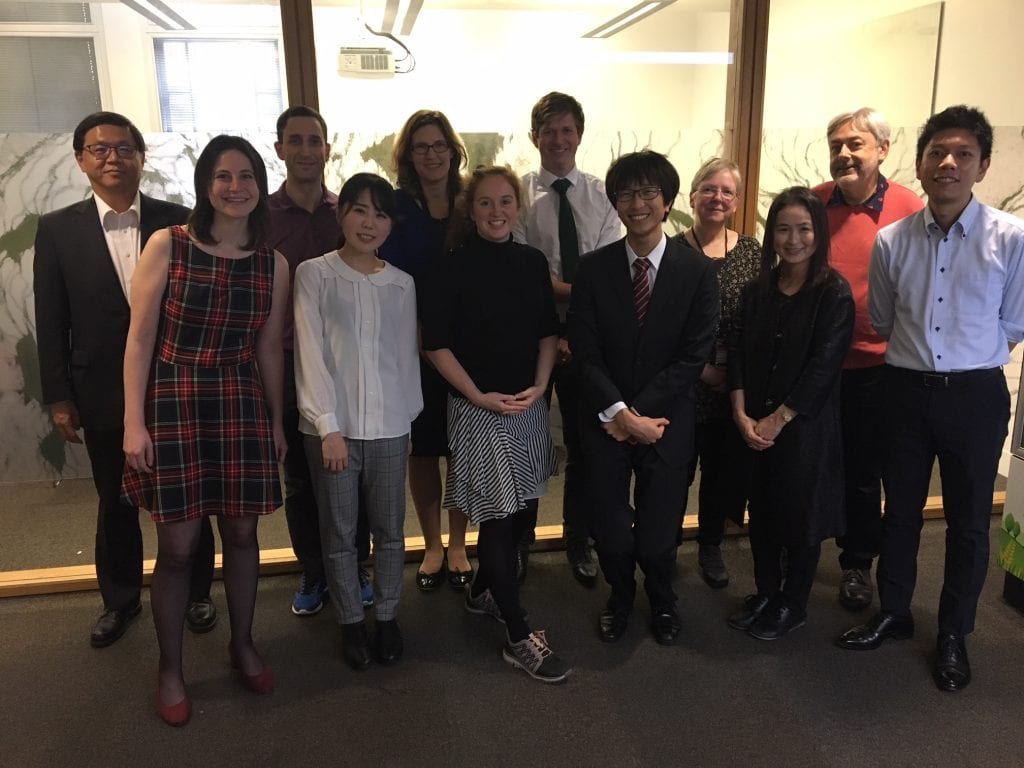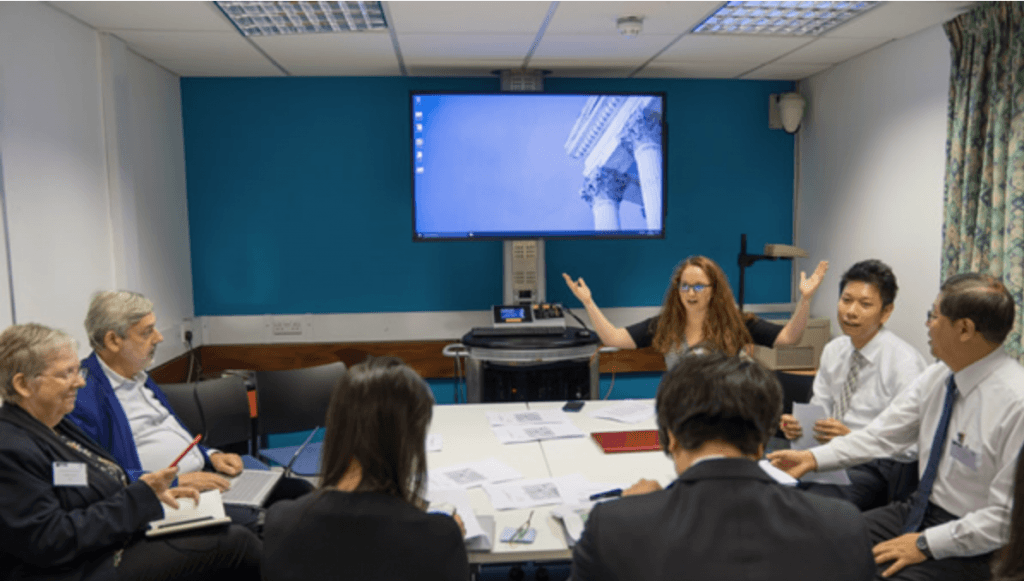At the IRDR Spring Academy, I set each member of the IRDR the challenge of explaining their research using only the 1,000 most commonly used words in the English language (taken from this website). We were allowed the odd exception for a few essential keywords (in my case “earthquake” and “fault”). We had about ten minutes to do this. Below we share some of our attempts. Would you like to try the same exercise?

IRDR Spring Academy 2019
Mohamed Alwahedi:
Some scientists think that all earthquakes happen in the same way, and by the same reason. That is called the self-similarity theory. I am going to test that theory.
David Alexander:
My latest research is on a sunken ship that is full of thousands of live bombs. The work looks at how the risk has been managed and what might happen to the wreck. There are several reasons why the ship might explode. Unfortunately, for 75 years, nothing has been done to reduce the risk, which has grown as the wreck has become older. The British Government has failed to create a clear picture of the danger posed by the ship. Hence, in terms of details, the risk is poorly known. An explosion could cause a terrible disaster. It is time to act, defuse the bombs and clear away the ship, but the options are limited by the danger.
Lucy Buck:
I study how a tsunami changes the land after the water has gone and what this means for the people who live there.
Joanna Faure Walker:
What makes an earthquake occur when and where it does? Scientists seek to answer this question using many different methods. My current work has two main approaches. First, if we collect more field data can we improve risk knowledge? Second, how much more can we learn when we measure details of fault structures? Through my work we have learnt more about how faults join and grow, where earthquakes occur and why, and what next steps need to be taken to help us reduce risk from earthquakes.
Jessica Field:
I have been researching in archives (which is a place where old documents are kept) in Delhi to better understand how the Indian government managed aid during emergencies like floods, earthquakes and conflicts during the 1940s-1960s.
Nathanael Harwood:
Not all ‘Global Warming’ has an equal impact across the Globe; the Arctic in particular has warmed at twice the rate of the rest of the globe, causing the region to be warmer and moister than it should be according to the last half-century of records. At the same time weather extremes, including hot and cold waves that stick around for longer, have become a common occurrence further south of the Arctic where billions of people live in the warmer ‘midlatitudes’. As Londoners, that includes us. Normal weather conditions, or at least weather we would expect given the record, rely on a stable temperature and pressure difference between the Arctic and the midlatitudes which drives the wind and blows weather patterns like storms away at a reasonable pace. But when these differences are changed, and the Arctic warms at a rate never seen before, it seems obvious that wind patterns and the atmosphere as a whole could be disturbed, made wavier and slower, or even blocked.
Despite this, we still don’t know the specific details on how the Arctic is impacting our weather, or the main driver of our weather called the ‘Jet Stream’, which blows above us at about the height you would take a jet plane at. Computer models have given a wide range of results, and traditional techniques to look at climate records have failed to provide any robust answers. This project uses ‘Bayesian Networks’, a way of considering how different things relate to each other in a large network, to look at how the Arctic region fits into relationships between the atmosphere and different parts of the world. These large-scale disturbances of the jet stream, wind and weather are a crucial part of the climate change puzzle because they can cause devastating cold conditions, like on the US East Coast, unbearable heat waves across parts of Europe, as well as floods and droughts. If we want to understand what the future holds for us in terms of extreme weather, we need to understand the relationships between these different drivers so that we can predict and better prepare for a future with a very warm Arctic.
Ilan Kelman:
There is a lot of talk that people must move because the climate is changing. Counting these numbers of people is very difficult and cannot really be done. People move for many reasons and do not always make decisions using long times. It is hard to pick only one factor.
Claudia Sgambato:
Earthquakes are some of the most dangerous natural events, causing many deaths and damage. It is important to contribute to the knowledge of when and where the next earthquakes will occur, and how destructive they can be. However, it is not an easy task: at present there is no way to predict an earthquake. My research addresses this problem, by studying where the structures responsible for producing earthquakes, called faults, are, and how often they rupture. I also study the geometry of the faults, in other words their changes in shape, because these may have an important role in the seismic hazard, causing a higher rate of deformation.
Mark Shortt:
Alone, I travelled to the north to research sea ice. It was very cold with a lot of wind, but with the help of other scientists I got some strength values. This will be important for oil and gas companies.
Omar Velazquez Ortiz:
I am trying to understand and improve the different escape ways that structures’ occupants can use under a shaking event, considering early warnings
Rory Walshe:
How does the history of risk from major cyclones effect society and culture for institutions and individuals and how can we research history to understand response.
Caroline Wood:
International professional instructions are available to help doctors give drugs to stop disease. Doctors can find it difficult to use these instructions in their practice, particularly for operations. Our research designs digital decision resources (apps) to help improve knowledge and educate doctors about the correct drugs to give.
Punam Yadav:
My recent research, which focusses on political participation of women and their agency, examines the life experiences of women who have been elected at the local government. The aim of this research is to examine the impact of reservation on the everyday life of these women politicians.
I carried out 25 interviews with women politicians and 5 interviews with male politicians. Despite increase in women’s representation in politics in Nepal, these women politicians talked about how difficult it was for them to work in a male dominated environment. They also spoke about opportunities their new roles had brought for them. They have access to new space and earned more respect due to their new roles.
Filed under IRDR Events
Tags: Caroline Wood, Claudia Sgambato, David Alexander, Ilan Kelman, IRDR, IRDR Spring Academy, Jessica Field, Joanna Faure Walker, Lucy Buck, Mark Shortt, Mohamed Alwahedi, Nathanael Harwood, Omar Velazquez Ortiz, Punam Yadav, Risk Communication, Rory Walshe
No Comments »

 Close
Close











